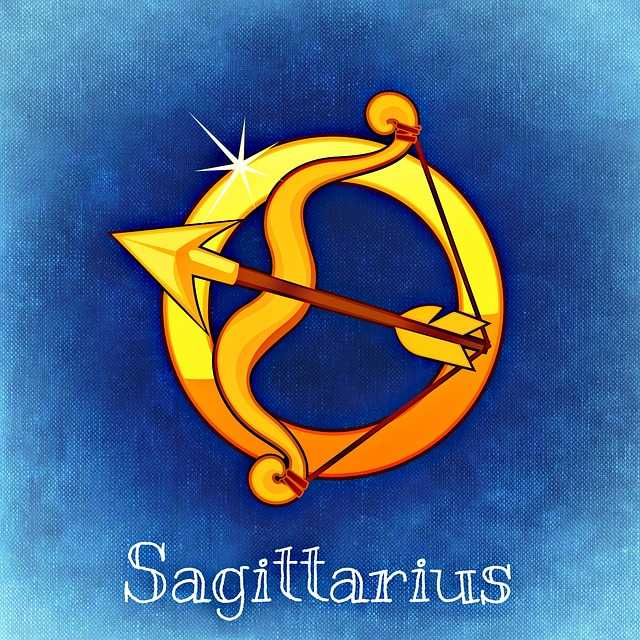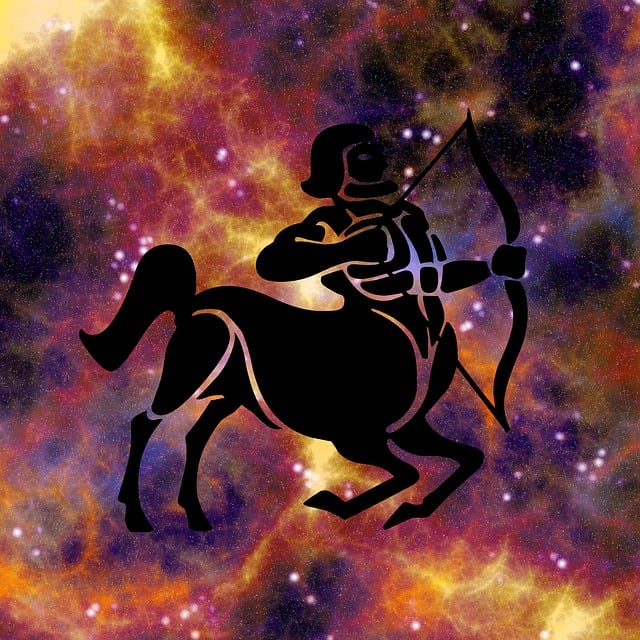There is a formation in the Tarot card array called the Celtic Cross divination method. This divination method first came from Europe and is a very ancient method. The shape of this card array is just like the name, a The cross shape can provide in-depth analysis of a certain event or problem. Next, let’s take a look at the Celtic Cross Tarot divination method.
▼Scope of application
Question----love, friendship, studies, career
This is a widely circulated method of speculation, which will be mentioned in almost any tarot speculation book. The mode of explanation is somewhat similar to the "mirror expansion method". They both make judgments on various aspects of a certain issue and interpret predictions of past, present and future development. Basically it is also suitable for love, friendship and academic/career issues, but it is particularly powerful when speculating on academic or career issues.
▼Placement method
1. Shuffle and cut the cards in the usual way. Place the seventh card counted from above in the position (1) as shown in the figure.
2. Place the five cards following the seventh card at positions (2) to (6) in order. Pay special attention to the fact that the position of (2) is a horizontal card. Originally, the cards in your hand are placed vertically; when you want to place this card horizontally, please rotate the card 90 degrees clockwise before placing it up.
3. Then re-count the remaining cards from top to bottom. When counting to the seventh card, place this card in position (7). In this position, the cards should be tilted slightly to the right, as shown in the picture.
4. There should be three cards left in your hand. Place these three cards diagonally to the right in order from (8) to (10).
5. The card pattern has been completed. Uncover all the cards, make a comprehensive judgment and then make an interpretation.
▼The meaning of the tablet
(1) Represents the current status of the problem.
(2) Represents hindrance or help to the problem. The way to determine whether a card is in upright or reverse position when placed horizontally is as follows: if the front of the card is facing to the left, it is in the upright position; if the front of the card is facing to the right, it is in the reverse position.
(3) It shows the ideal and future goals of the questioner.
(4) Explain the causes and status of the problem in the past.
(5) The recent past status of the problem (usually within the past two or three months).
(6) The recent future development of the problem (within the next two or three months).
(7) Symbolizes the current situation of the inquirer.
(8) Represents the impact of the surrounding environment on the problem and the opinions of people around you on the problem.
(9) Show the querent’s ability.
(10) Questionthe final result.
Although the cards from (7) to (10) are slightly tilted, their positive or reverse positions are still valid.



